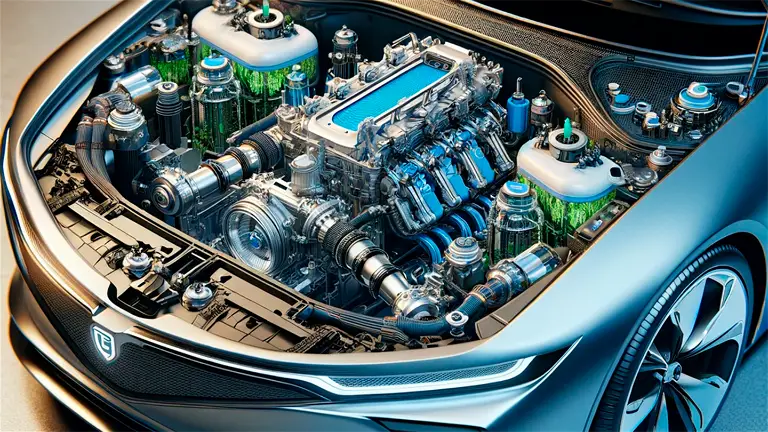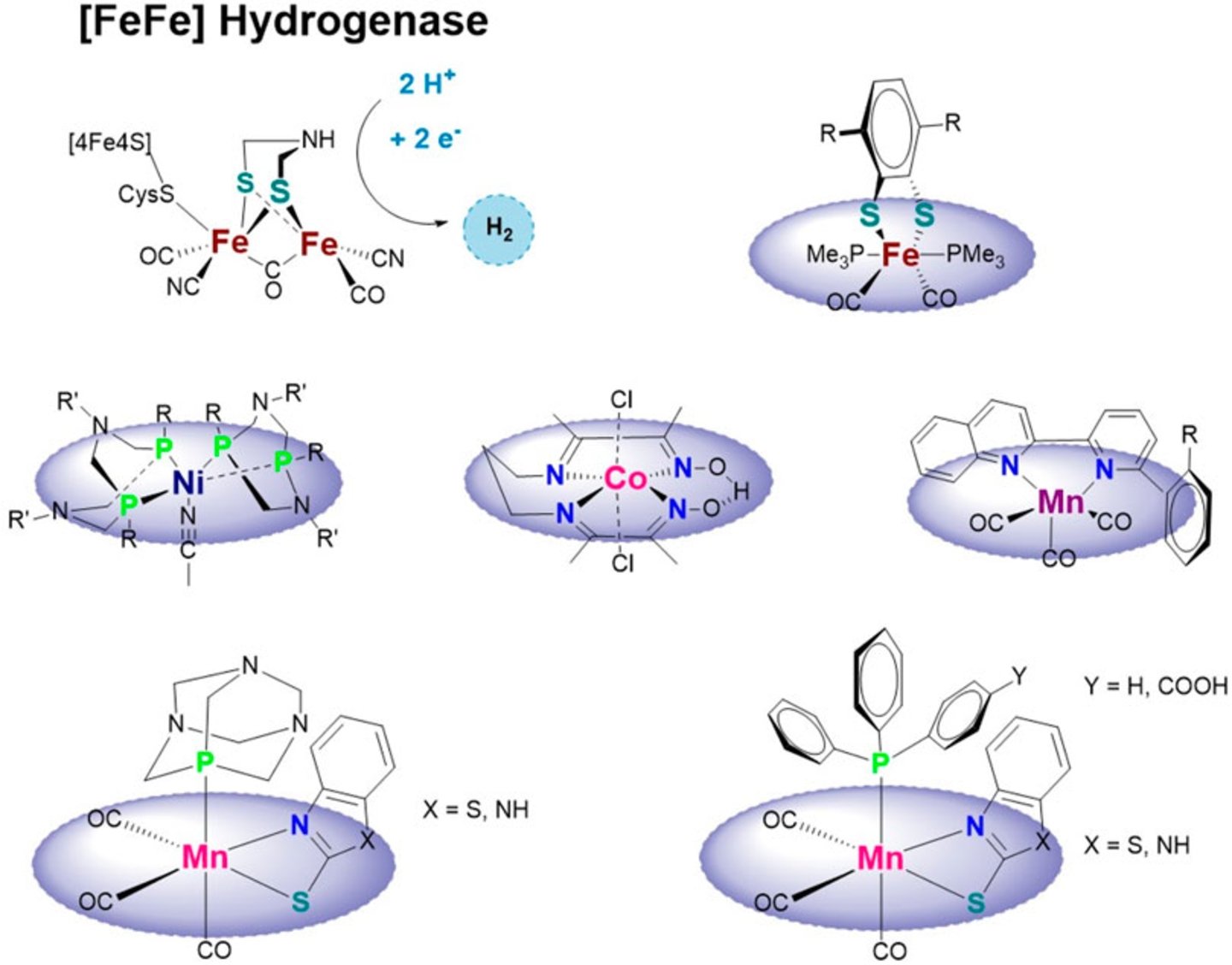
Until now, one of the world’s main ambitions had been to obtain efficient electric vehicles. But in recent years this has taken a really dramatic turn when we have come across other aspects that are more interesting and less harmful to the health of the planet: possible hydrogen engines. The problem is that, until now, obtaining green hydrogen, that is, one that does not cause any type of emission, was something really difficult. Something that seems to have changed thanks to a team of Japanese researchers.
A step forward in obtaining green hydrogen
Researchers at the RIKEN Center for Sustainable Resource Science (CSRS) in Japan have made a crucial breakthrough for the production of green hydrogen, reducing costs by including manganese in combination with iridium. So far, iridium, while the best known catalyst for breaking down water molecules and releasing hydrogen, is too rare and expensive to be truly market-efficient. Global production on a terawatt scale would require 40 years of iridium production, which makes its large-scale use unfeasible, which they have come to solve according to the publication of the new article in Frontiers by the Japanese team.
Thus, they have found that manganese may be able to decrease by 95% the amount of iridium needed to be able to generate hydrogen efficiently and greenly. This innovation could make hydrogen a viable alternative to fossil fuels, given the abundance of water on the planet, which covers 70% of the Earth’s surface. It would be the most sustainable way to generate this type of fuel, although not the only one, since there are different types of hydrogen based on how they are obtained, as is the case with red hydrogen.

Diagram showing the production of green hydrogen using cobalt and nickel | Image: Frontiers / RIKEN
Global energy production is about 18 terawatts, and alternative green methods must generate power at similar rates to be viable. The process, which could still take several years to reach industrial production, has shown promise.
Researchers have maintained hydrogen production in a proton exchange membrane (PEM) electrolyzer using less iridium, scattering individual iridium atoms onto manganese oxide to prevent them from clumping together. This new catalyst has enabled continuous hydrogen production for more than 3000 hours with an efficiency of 82%.
The key to success was the unexpected interaction between manganese oxide and iridium, resulting in an iridium in the rare and highly active oxidation state +6. The researchers believe that the level of hydrogen production achieved with this new catalyst has a high potential for immediate utility and could be easily transferred to real-world applications, improving the capability of current PEM electrolyzers.
There is still a long way to go and research to do, but it is quite interesting when you consider that we are in a race to reach the hydrogen engine with the aim of ending emissions caused by fossil fuels once and for all.



Comments